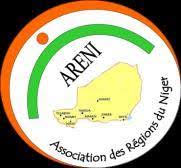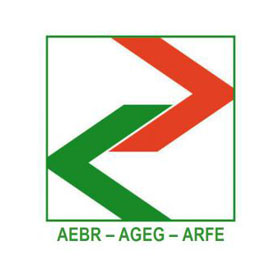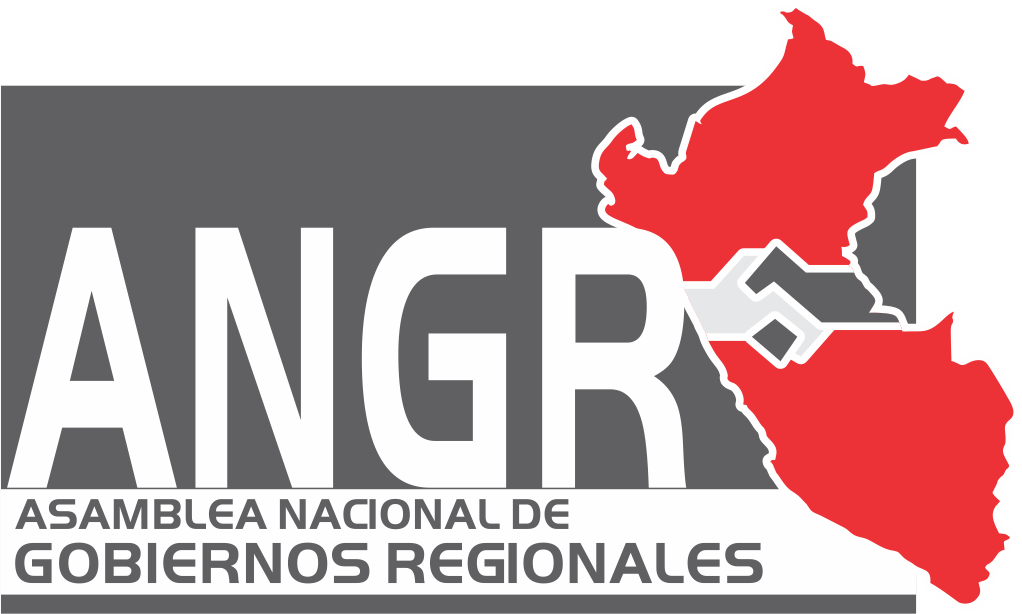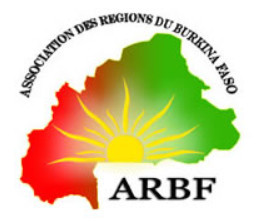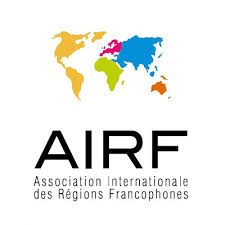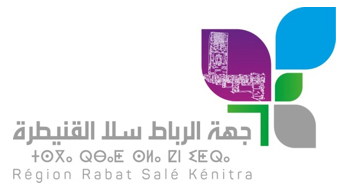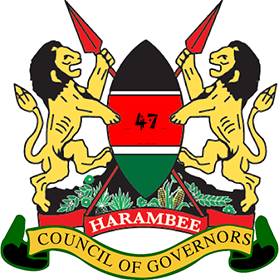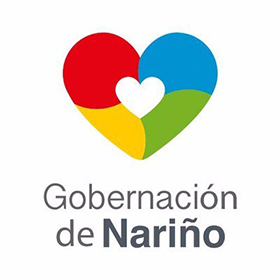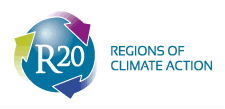Climate change adaptation in Europe: What role do subnational governments play?
Tania Martha Thomas
Climate Chance Observatory
The importance of territorial adaptation
While the world is already at 1.1 °C of warming above the pre-industrial average, Europe is warming faster: the European Environment Agency estimates that land temperatures have increased by over 2 °C. The IPCC notes that the impacts of compound hazards of warming and precipitation have become more frequent, and identifies four key risks for the continent: mortality, morbidity and ecosystem changes due to heat; heat and drought stress on crops; water scarcity; and flooding and sea level rise. In this context, the need to adapt the continent to the impacts of the changing climate is more urgent than ever.
Adaptation, defined as “the process of adjustment to actual or expected climate and its effects, in order to moderate harm or exploit beneficial opportunities”, is based on the hazards and vulnerabilities of a given area. It is locally-rooted or “place-based”, in that it depends on the climatic, geographic, socio-economic, and even political characteristics of a place. Here lies the importance of planning, coordinating, and implementing adaptation actions at the level of regional and local governments.
The European Strategy
The current European Adaptation Strategy establishes a framework that takes into account the EU, national, regional and local levels, drawing on requirements included in the 2021 European Climate Law and the 2018 Regulation on the Governance of the Energy Union and Climate Action. The interpretation of these three texts shows the precise roles and obligations of the national level, with a well-defined policy cycle for climate action in general, and a slightly more ambiguous one for adaptation – where there are no binding targets or timelines.
While the Adaptation Strategy identifies Member States to be the “main implementation partners”, it calls for more systemic adaptation, prioritizing local action. The Strategy calls for improved risk assessments, and encourages national, regional, and local authorities to further develop adaptation strategies based on the latest science. The delegation to subnational levels of adaptation roles is almost entirely up to the Member States, and thus, highly variable. Only eight Member States (nine with the entering into force of the German Adaptation Law) have “top-down” approaches to adaptation policy, where lower levels of governance are legally required to take up some kind of adaptation planning and actions. In the remaining countries, subnational adaptation is mostly “bottom-up”, driven by the voluntary action of regional and local governments.
The subnational dynamic
The European Environment Agency notes that these soft, collaboration-based forms of vertical steering accompanied by supportive governance across levels are much more common than top-down regulatory approaches. In these cases, support from the national levels includes policy inputs, capacity building, funding, and support for participation in national and international local government networks.
The voluntary actions of local and regional governments are very often channelled through their participation in transnational networks and initiatives, like the Covenant of Mayors or RegionsAdapt. A study of urban adaptation plans in Europe, which found that plan quality improved over time, suggests that besides national contexts, peer-to-peer transfer of knowledge and capacity building through such networks and initiatives contribute to the improvement of adaptation planning. A strong signal of the voluntary dynamic among European regions is their participation in the EU Mission Adaptation: of the 301 signatories of the Mission that were assessed in 2023, 66% had completed a risk assessment, 80% had an adaptation strategy in place, 70% had a dedicated resource-person or team for adaptation, and 66% had a dedicated regional adaptation budget.
Regions’ role in financing adaptation
The regional level – despite differing in definition according to the level of decentralisation and federal structure of countries – is also key to financing and implementing adaptation policies, as the Climate Chance Observatory highlighted in 2022. While Member States report facing challenges in terms of assessing the cost of adaptation and tracking finance flows to adaptation, those that report quantitative elements mentioned that a large portion of these funds came from the EU level, and that EU funding instruments helped to coordinate adaptation policies.
This includes funding from a range of EU instruments like the Recovery and Resilience Facility, the LIFE Programme, Horizon Europe, the European Cohesion Policy, the European Regional Development Fund, the Cohesion Fund, the Just Transition Fund, and others. 20% of funds had to be devoted to mitigation or adaptation projects from 2014-2020, representing about 78 billion euros and up to nearly a third of the ERDF. The 2021 – 2027 Multiannual Financial Framework requires that at least 25% of the European budget in climate-related expenditure. This structure of disbursements at the European level thus reinforces the important role of regions as determinants of the direction of adaptation finance flows.
Thus, the voluntary action of subnational levels remains essential in driving climate adaptation, in the absence of national or European obligations. While planning is advancing, the implementation of actions requires further strengthening of subnational capacities, and better coordination between and across levels of governance. The Climate Chance Europe 2024 Summit in Liège gathered actors from all over the continent to reflect on how subnational climate adaptation actions can be reinforced; the results of these discussions are synthesized here, and form the basis of the Liège Declaration, a roadmap for local and non-state actors in Europe to adapt to climate change.
This article is based on a recent publication of the Climate Chance Observatory, titled “Planning and implementing adaptation in the EU: State of multilevel integration of adaptation policies”. Discover the publication here, and the replay of its launch event with a roundtable of experts from the field here.




